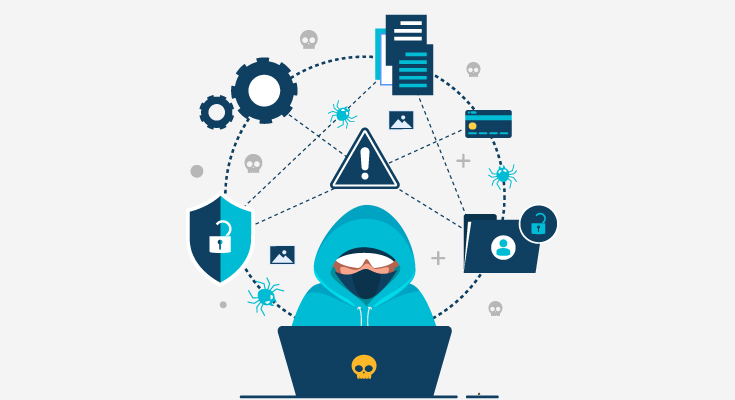Link Analysis for Fraud Detection

Link analysis is a powerful analytical technique that allows us to examine the relationships between entities or objects. In the context of fraud detection, link analysis can help us identify connections between individuals, transactions, and other data points that might indicate fraudulent behavior.
In this guide, we’ll explore what link analysis is, how it works, and how it can be used to spot fraud.
What is Link Analysis?
Link analysis is a type of data analysis. At its core, it focuses on the relationships between objects or entities. It is commonly used in law enforcement, intelligence analysis, and fraud detection.
In link analysis, data are represented as nodes (also known as vertices). The relationships between objects and entities are represented as edges. Nodes can represent anything from individuals to transactions to organizations, and edges represent the connections between them.
For example, in a network of financial transactions, nodes might represent bank accounts or credit card numbers, and edges might represent the transfers of money between them.
How Does Link Analysis Work?
Link analysis works by analyzing the patterns of connections between nodes in a network. Businesses and entities can rely on several methods to do link analysis, but the most preferred option is a graph database.
In a graph database, data is represented as nodes and edges, just like in link analysis. However, graph databases have some additional features that make them particularly useful for link analysis.
One of these features is the ability to perform queries that traverse the edges of the graph. For example, we might want to find all the bank accounts that are connected to a particular credit card number, or all the transactions that involve a particular individual.
Another feature of graph databases is the ability to perform graph algorithms. These algorithms can be used to identify patterns in the data that might indicate fraud. For example, we might use an algorithm to identify clusters of nodes that are tightly connected, which might indicate a network of fraudulent activity.
How Can Link Analysis Help Spot Fraud?
Link analysis can be a powerful tool for fraud detection because it allows us to examine the relationships between data points. By identifying connections between individuals, transactions, and other data points, we can uncover patterns of behavior that might indicate fraud.
For example, suppose we are investigating a case of credit card fraud. Using link analysis, we might discover that several different credit card numbers are used to make purchases at the same set of stores. This might indicate that the fraudsters are using a “shopping list” of stores to target.
We might also discover that the credit card numbers are all being used from the same IP address, or that they are all linked to a particular bank account. These connections might further indicate that the fraudsters are working together and using a common set of resources.
Link analysis can also help us identify unusual or unexpected patterns of behavior. For example, suppose we are analyzing a set of financial transactions. By using link analysis, we might discover that a particular individual is involved in a large number of significantly larger transactions than their typical transactions. This might indicate that the individual is engaged in money laundering or other fraudulent activity.
Conclusion
Link analysis is a powerful tool for fraud detection because it allows us to examine the relationships between data points. By identifying connections between individuals, transactions, and other data points, we can uncover patterns of behavior that might indicate fraud. Link analysis can help us identify unusual or unexpected patterns of behavior, identify patterns of behavior over time, and identify networks of fraudulent activity. This can be especially useful in cases where the fraudsters are working together, as link analysis can help us uncover these networks and identify key players.
However, it’s important to note that link analysis is not a magic bullet for fraud detection. It requires skilled analysts who can interpret the data and identify meaningful patterns. In addition, link analysis is just one tool in the fraud detection toolkit – it should be used in combination with other techniques, such as data mining, machine learning, and traditional investigative methods.
Another potential limitation of link analysis is that it relies on the availability and quality of data. If the data is incomplete or inaccurate, link analysis may not be able to uncover meaningful patterns. It’s important to ensure that the data is accurate and up-to-date before performing link analysis.













